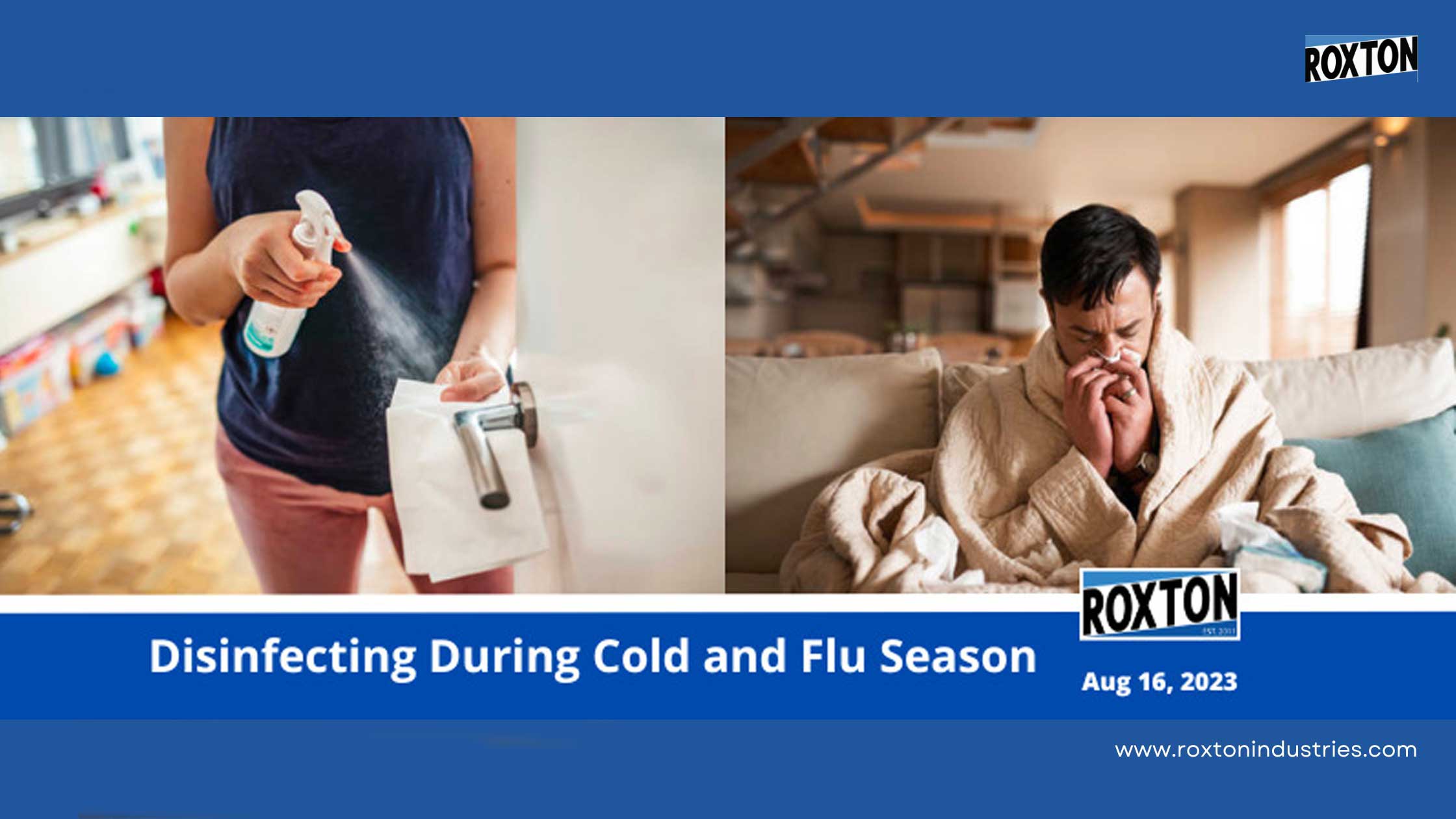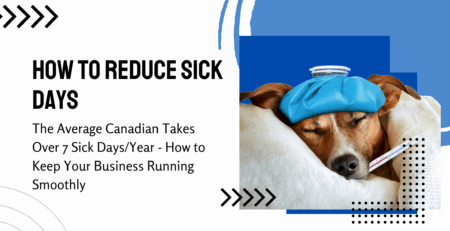Reliable Disinfecting Strategies To Beat Flu Season

As the cold and flu season approaches, keeping our homes and workplaces clean and germ-free becomes essential to protect ourselves and others from illnesses. Cold and flu viruses can spread rapidly through surfaces, making proper cleaning and disinfecting practices vital in reducing the risk of infection. By following some best practices, we can create a healthier environment and reduce the chances of falling victim to these common seasonal illnesses.
-
Regular Cleaning Habits
Before delving into disinfecting, it is crucial to establish a solid foundation of regular cleaning habits. Maintaining cleanliness can help prevent the buildup of germs and pathogens, making it more challenging for viruses to survive and spread. Regularly dusting surfaces, vacuuming carpets, and mopping floors can remove dirt, dust, and allergens that might exacerbate respiratory issues during cold and flu season.
-
Choose the Right Cleaning Products
Not all cleaning products are equally effective against cold and flu viruses. When shopping for cleaning agents, look for those specifically designed to combat viruses and bacteria. The U.S. Environmental Protection Agency (EPA) provides a list of disinfectants that are effective against common viruses, including the influenza virus. Products with active ingredients like quaternary ammonium compounds, hydrogen peroxide, or bleach are often recommended for their ability to kill germs effectively.
-
Focus on High-Touch Surfaces
During cold and flu season, it is especially important to concentrate your cleaning efforts on high-touch surfaces. These areas are more likely to harbor germs due to frequent contact with contaminated hands and surfaces. Examples of high-touch surfaces include doorknobs, light switches, remote controls, computer keyboards, faucets, and countertops. Regularly disinfecting these areas can significantly reduce the spread of viruses.
-
Proper Hand Hygiene
Cleaning and disinfecting surfaces alone may not be enough to prevent the transmission of cold and flu viruses. Encourage proper hand hygiene in your home and workplace to complement your cleaning efforts. Regularly washing hands with soap and water for at least 20 seconds can help eliminate viruses picked up from contaminated surfaces. If soap and water are not available, using alcohol-based hand sanitizers can serve as a temporary alternative.
-
Don’t Forget Electronics
In today’s digital age, we constantly interact with electronic devices such as smartphones, tablets, and laptops. However, these devices are often overlooked when it comes to cleaning and disinfecting. Yet, they can be a significant source of germs. Be sure to follow the manufacturer’s guidelines for cleaning electronic devices, and use alcohol wipes or disinfectant sprays specifically formulated for electronics.
-
Proper Disinfecting Technique
Merely spraying a disinfectant on a surface and immediately wiping it away may not be as effective as you might think. For disinfectants to work properly, they require a certain amount of dwell time on the surface to kill germs effectively. Read the instructions on the cleaning product’s label to determine the appropriate contact time. Allow the disinfectant to sit for the specified duration before wiping it away.
-
Use Disposable Cleaning Supplies
During cold and flu season, it’s wise to use disposable cleaning supplies whenever possible. Paper towels, disposable wipes, and mop pads can be more hygienic since they can be thrown away after use, reducing the risk of cross-contamination. If you prefer reusable cleaning tools like microfiber cloths or mop heads, make sure to wash them thoroughly in hot water after each use.
-
Maintain Good Ventilation
Proper ventilation can help reduce the concentration of viruses and germs indoors. When possible, open windows and doors to allow fresh air to circulate throughout your home or workplace. Good airflow can help dilute and remove airborne particles that may carry viruses. Additionally, maintaining a comfortable humidity level between 40% and 60% can also aid in reducing the survival of certain viruses.
-
Clean and Disinfect Shared Items
If you share household or office items with others, make sure to clean and disinfect them regularly. This includes items like kitchen utensils, phones, desks, and communal appliances. Encourage everyone to take responsibility for cleaning up after themselves to prevent the spread of germs in shared spaces.
-
Practice Respiratory Etiquette
Finally, promoting respiratory etiquette can play a significant role in reducing the transmission of cold and flu viruses. Encourage everyone in your household or workplace to cover their mouth and nose with a tissue or their elbow when coughing or sneezing. This simple practice can prevent the spread of respiratory droplets that may contain infectious particles.
In conclusion, maintaining a clean and disinfected environment during cold and flu season is crucial for preventing the spread of illnesses. By establishing regular cleaning habits, using effective cleaning products, focusing on high-touch surfaces, practicing good hand hygiene, and following proper disinfecting techniques, we can significantly reduce the risk of cold and flu transmission. Additionally, incorporating respiratory etiquette and promoting good ventilation further reinforces our defenses against seasonal illnesses, creating a healthier and safer environment for everyone.
About admin
Latest Posts

Reduce Sick Days and Protect Your Team
The average employee takes 7.4 sick days/year in Canada, which costs businesses and organizations like yours over $16B in lost productivity....
The Insider Guide to Successfully Survive that Car Cleanout
Are you in need of a car deep cleaning, but unsure where to start? Don’t worry we’ve got you! Have...
